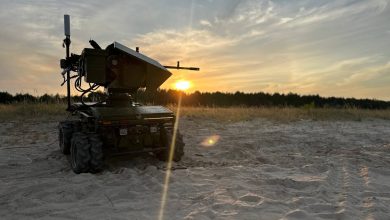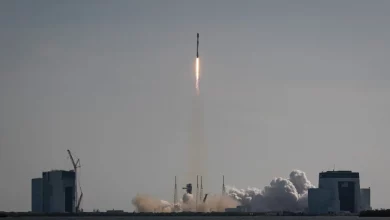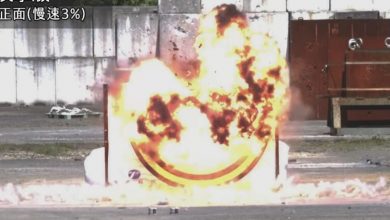US Army tests unmanned ships for resupply mission

The U.S. Army is pushing forward with the integration of autonomous systems into maritime operations, testing Unmanned Surface Vessels (USVs) during a large-scale joint training initiative in the Indo-Pacific region.
The exercise, part of Project Convergence Capstone 5 (PC-C5), took place in April 2025 and marks the Army’s latest effort to evaluate the tactical role of unmanned maritime platforms.
According to Army Futures Command, PC-C5 represents the Army’s leading experimentation campaign focused on shaping future joint operations. The use of unmanned vessels is aimed at enhancing operational effectiveness while reducing risks to personnel in complex environments.
“This event allows us to have the ability to see how autonomous systems on the water interact with each other,” said Col. William “Will” C. Arnold, chief of transportation at the Combined Arms Support Command. “It also gives us a chance to understand how we command and control this type of technology going into the future.”
The USVs tested during the exercise were equipped with digital systems capable of advanced sensor integration, remote command, and real-time data transmission. Unlike the Army’s legacy watercraft, which Arnold described as lacking a “digital backbone,” these platforms are built to support AI-driven decision-making and autonomous navigation.
“Integrating artificial intelligence and machine learning allows these vessels to adapt to changing circumstances and execute missions with greater precision,” Arnold noted. “All of this can be done from the other side of the world.”
Specialist Luke Ferguson, a diver assigned to the 569th Dive Detachment, 130th Engineer Brigade, participated in the training. “The training itself was very simple,” Ferguson said. “I understood the system’s functions by the second day, including how to track it, communicate with it, and manually control it when necessary.”
The use of USVs also reduces crew fatigue and enables longer deployments without the constraints of rest cycles, a factor Arnold said could “allow longer missions for current and future fleets.”
The PC-C5 initiative is designed to bring together multinational allies and joint forces to test emerging systems across domains. With continued experimentation and integration of unmanned capabilities, the Army aims to accelerate its transformation into a more agile and digitally connected force.
“If we can integrate this technology into our equipment, it would significantly streamline our operations,” Ferguson added. “The reduced manpower required for setup and ensuring the area’s safety would allow us to operate more efficiently and focus on our
core tasks.”





